31 Days Later: Malta’s First Month Of COVID-19, In Numbers

On Saturday 7th March 2020, as the world hit over 100,000 Coronavirus cases, Malta reported its very first COVID-19 patient, a 12-year-old Italian girl. A few hours later, both her parents became the second and third cases of COVID-19 in Malta.
Today, exactly one month to the day (and with the total global number of infections now sitting at an intimidating 1,363,365), Malta has 293 confirmed cases. But how did we get here, and who has been worst hit by COVID-19 on our small islands?
Thanks to daily data being compiled into a live dashboard by Onest, we can easily break down COVID-19’s first month in Malta to try and paint a clearer picture of what the global pandemic’s effects on the island has been so far, 31 days in.
1. There have been 11,740 total tests carried out in the last month, and testing has been increasing on a nearly daily basis
An important figure to keep in mind and set things off.
The more a country swabs its people, the higher the expected number of confirmed cases. And the higher the number, the clearer of an idea Malta’s health authorities will have in understanding how the pandemic is faring on the islands.
Health Minister Chris Fearne and Public Health Superintendent Charmaine Gauci have frequently stressed the importance of widespread testing, and this has been quite clear from the get-go.
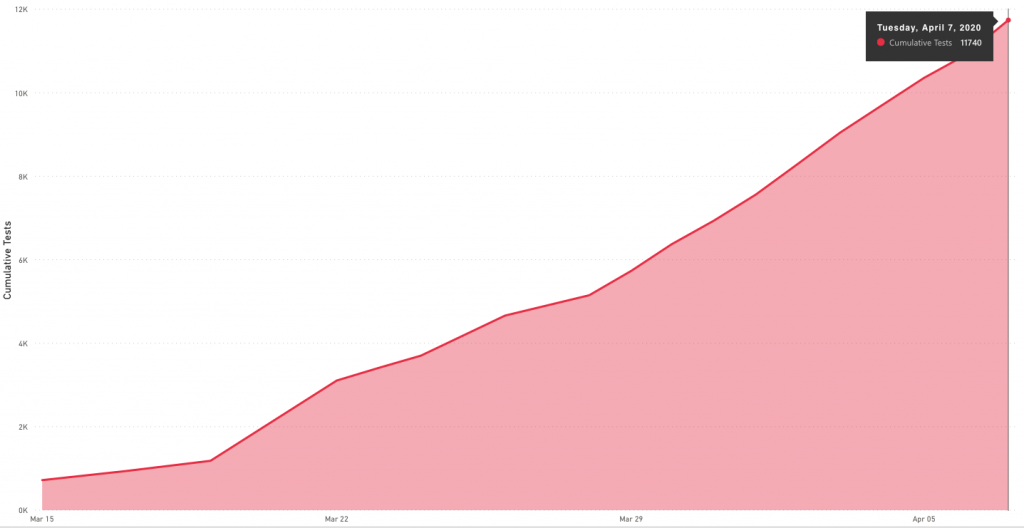
The total number of tests carried out in Malta, gathered cumulatively
One week into Malta’s first case, authorities were already testing over 300 people on a daily basis. One month in, after a slight dip in number yesterday, the island recorded the highest number of daily test earlier today: 827.
For context, the number of tests carried out in the last 24 hours alone amounts to over 7% of all tests carried out in the last 31 days.
Having said that, yesterday, only 555 tests were announced, the lowest number in 10 days.
In an unusually early press conference this morning, Minister Fearne announced that it is his full intention that Malta drastically increases its testing processes to 1,000 swabs per day, which would no doubt help us paint a much clearer picture of COVID-19 on the island as we enter the second month.
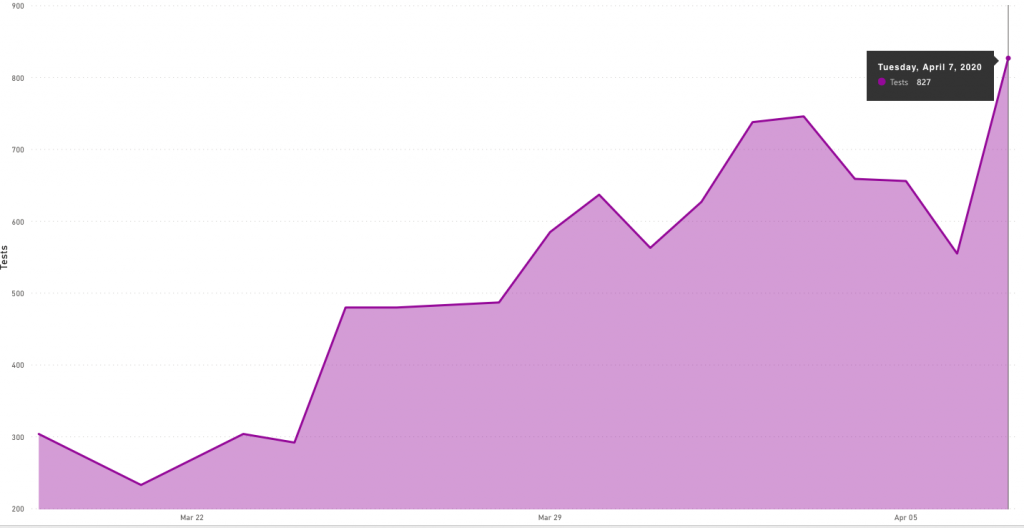
The total number of daily tests carried out in Malta
2. COVID-19 knows no gender… but males have been marginally more affected
57.68% of all of Malta’s cases – which comes up to 169 people – are male.
On the other hand, 42.3% (or 124) are female.
This seems to follow a similar trend abroad, where the percentages are even more skewed: 63% of all confirmed cases worldwide are male.

3. The younger generation seems to have been hit harder
While there isn’t data for every single person – 61 out of 293 confirmed cases did not have an age divulged – the current overwhelming majority of cases lies among the relatively younger generations.
In fact, around a third of all cases are aged between 0 and 40 years of age, which have been proven to be the age groups least susceptible to health complications or even fatalities.
The biggest confirmed group is that of 20 to 39-year-olds, with over 100 people occupying this group.
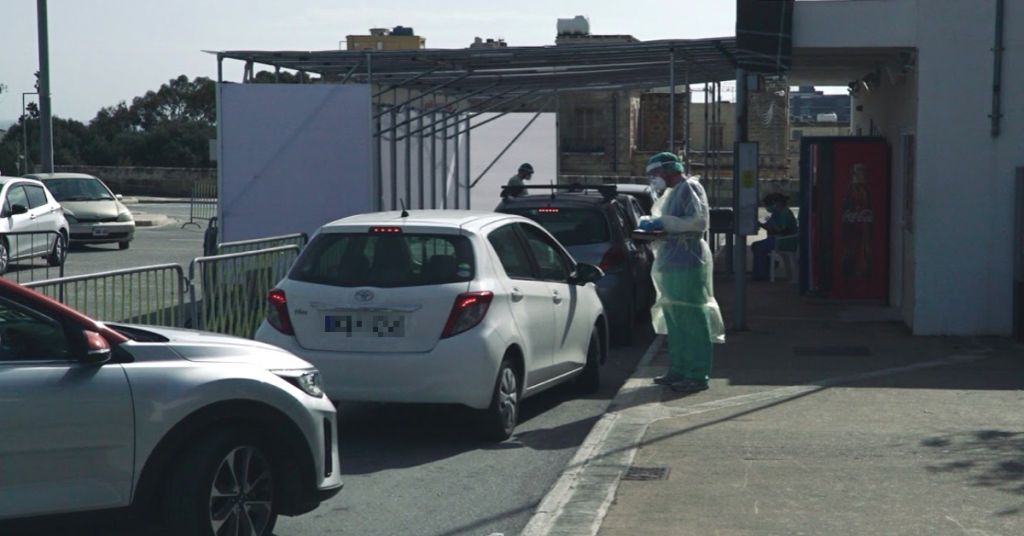
4. Meanwhile, at least 38 infected people are in the most vulnerable age brackets… and they were nearly all cases of local transmission
With 36 people aged between 60 and 79 and two confirmed cases of people aged 80 or over, Malta still needs to be wary of infecting its most vulnerable members of society.
To make matters even worse, only 10 of these 38 elderly people are cases of imported infections from abroad, with the rest – a worrying 73.6% – being cases of local transmission.
This really helps put into context many pleas from world leaders, celebrities, and the healthcare’s elite that just because COVID-19 might not affect you as badly, it doesn’t mean you’re not in danger of infecting someone who might be much more seriously afflicted by it.

5. Speaking of which, local transmission is now solidly the main form of infection on the island
A couple of weeks ago, as airports were still open, Malta was bracing for its very first case of local transmission, with days of imported cases from countries like Italy, Spain and France dominating our first exposure to COVID-19.
That first case of local transmission was eventually announced on 16th March, when it was confirmed that three people had been infected through local transmission. By then, Malta had 30 total cases.
22 days later, however, local transmission has now been noted in 66.55% of all cases, which adds up to 195 people.

6. One month in, Malta has only reported five recoveries out of nearly 300 cases… but that shouldn’t be a cause for alarm
The first person in Malta to recover from COVID-19 was a woman who tested negative for the virus in two separate tests held 24 hours apart. Her recovery was reported back on 13th March. On that day, the total number of cases on the island had hit 12.
The second recovery came two days later, when the total cases had gone up to 18.
On Sunday 5th April, three more recoveries were finally announced, bringing the total up to five. By then, the total number of cases had hit 293.
This means 288 COVID-19 cases remain active.
Five recoveries out of nearly 300 cases might not sound like anything worth writing home about, but it’s good to keep in mind a couple of things.
Firstly, clinical recovery in the mildest of COVID-19 cases has been observed to last approximately two weeks, with other more serious cases lasting at least three weeks. Some more critical cases have been even observed to last well into six weeks.
Moreover, soon after Malta’s first two cases of recoveries were confirmed, it was announced that patients would be monitored all throughout, but only tested at the end of a 14-day period. Even then, two separate tests conducted over a day apart would need to be given, and a person will only be confirmed as having recovered after both cases come up as negative. This means it’s entirely possible that people will actually recover some days before they’re officially announced to the public.
It’s also worth noting that a vast majority of cases are all in very a stable condition, with most of them even being allowed to spend their road to recovery while self-isolating in their own homes.
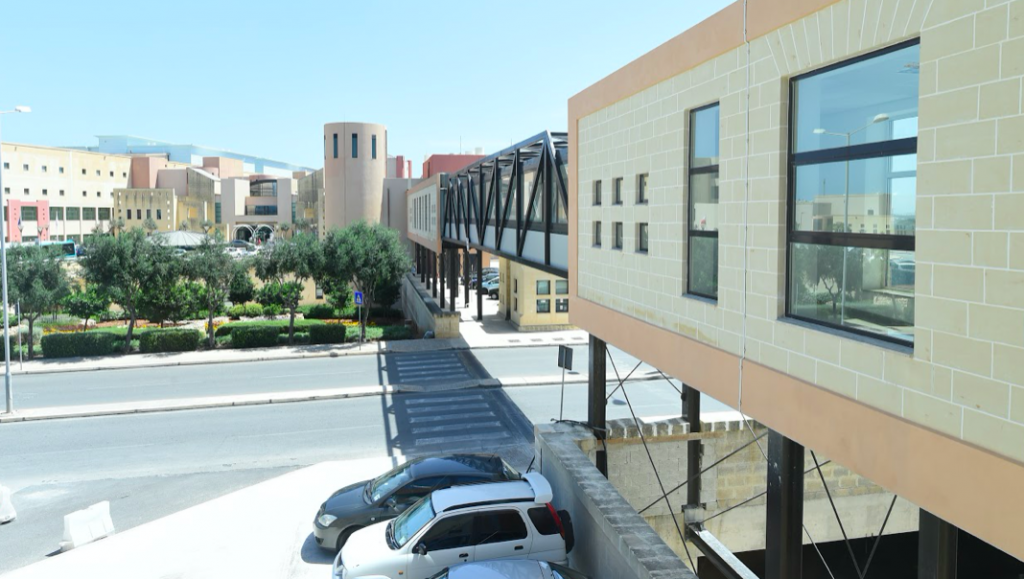
7. Meanwhile, Malta has set quite a record as far as total deaths go: zero.
After this morning’s surge of 52 new confirmed cases, Malta officially overtook Vietnam’s total cases (245). Vietnam is notable since it was the only remaining country which had registered more cases than Malta while still having zero deaths.
What this means is that, as of today, there is no other country in the world that has confirmed more COVID-19 cases than Malta without registering at least one single death.
The number of people who have died of COVID-19 worldwide currently stands at 76,367.

8. Having said that, four people remain in a serious condition in the ITU, with one of them still on a ventilator
The patient, a 72-year-old man, was declared as being in a critical condition and put on a ventilator back on 28th March, 10 days ago.
It is believed that he contracted the virus from a relative, who had tested positive upon returning from abroad. The first test on the 72-year-old a mere two days before had actually tested negative, before his health deteriorated. A CT scan eventually uncovered the virus.
Last week, on 3rd April, Malta’s first critical case – a 61-year-old man – was discharged from the ICU after his condition improved. He was then transferred to the Infectious Diseases Unit, where he was treated along with other COVID-19 patients.
The number of people who have COVID-19 and are in critical condition worldwide currently stands at 47,674.
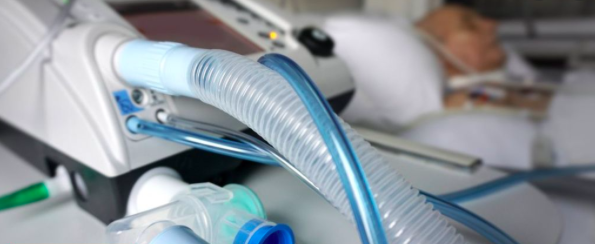
Stock Photo: A patient on a ventilator in the UK
9. Malta’s curve still looks to be very much in an upward trend
By the end of Saturday 7th March, Malta had 3 cases.
By the end of Saturday 14th March, Malta had 21 cases.
By the end of Saturday 21st March, Malta had 90 cases.
By the end of Saturday 28th March, Malta had 151 cases.
By the end of Saturday 4th April, Malta had 227 cases.
Now, a mere three days into the next week, we’re already just seven cases short of 300.
While increased testing is bound to come up with more positives, it’s important to note that, as far as a graph of cumulative active cases go, Malta’s plot is still very much on the rise… and today’s spike definitely hasn’t helped.
Today’s rise alone saw a 70% increase in daily cases, as opposed to previous days’ 5% and 6%.
Clearly, the next couple of weeks in Malta are crucial, and now more than ever, it’s vital that people stay indoors unless absolutely necessary.
